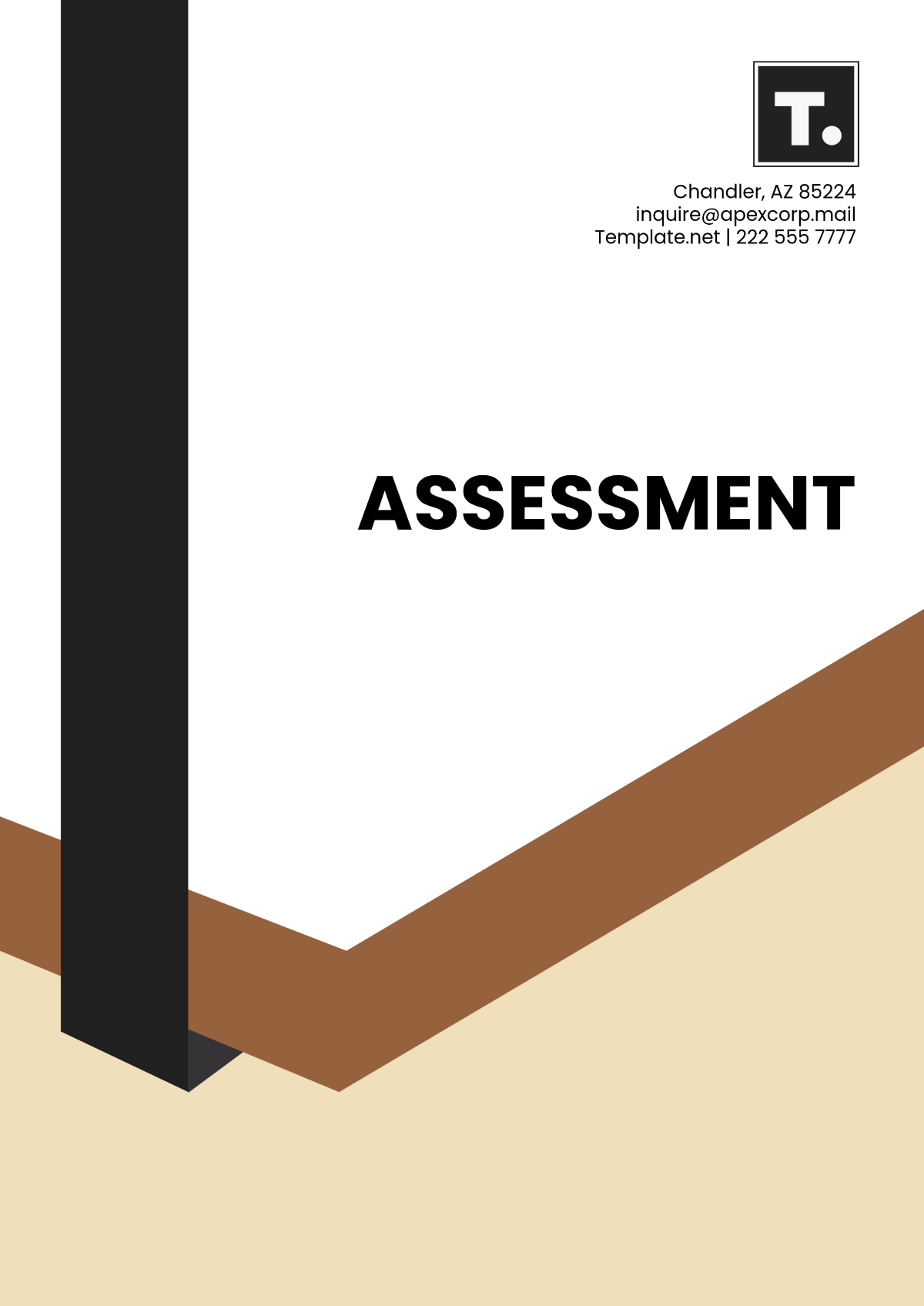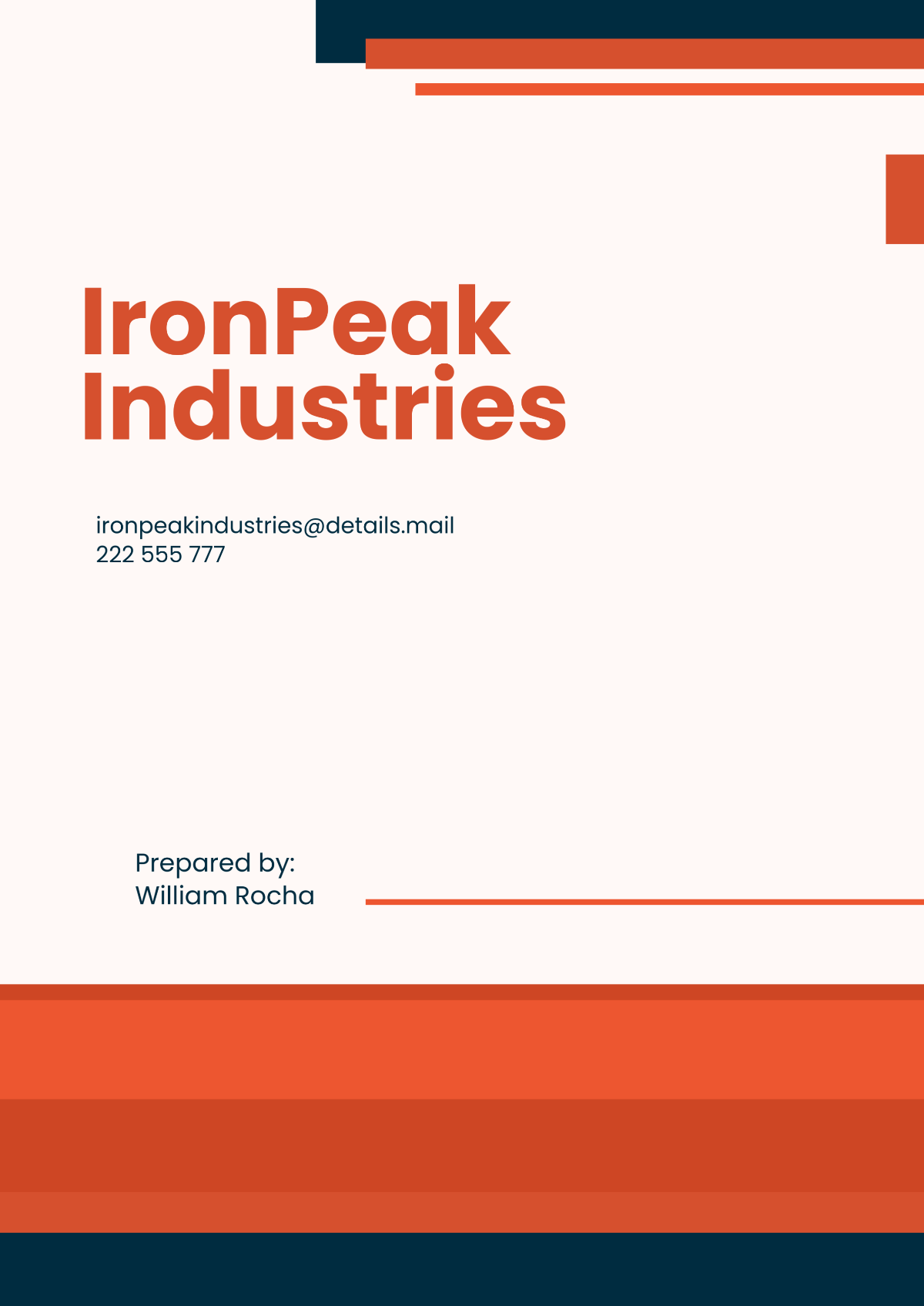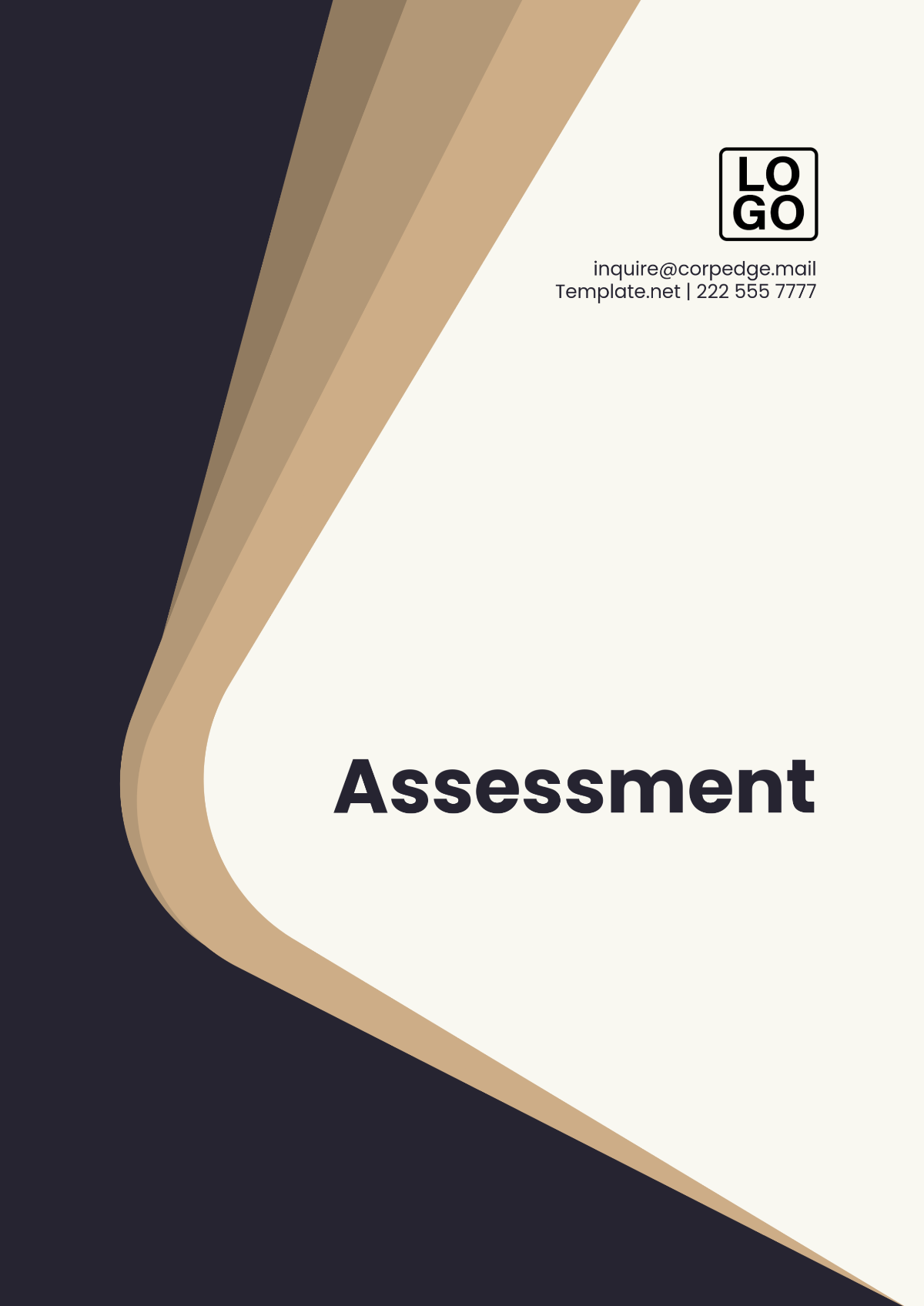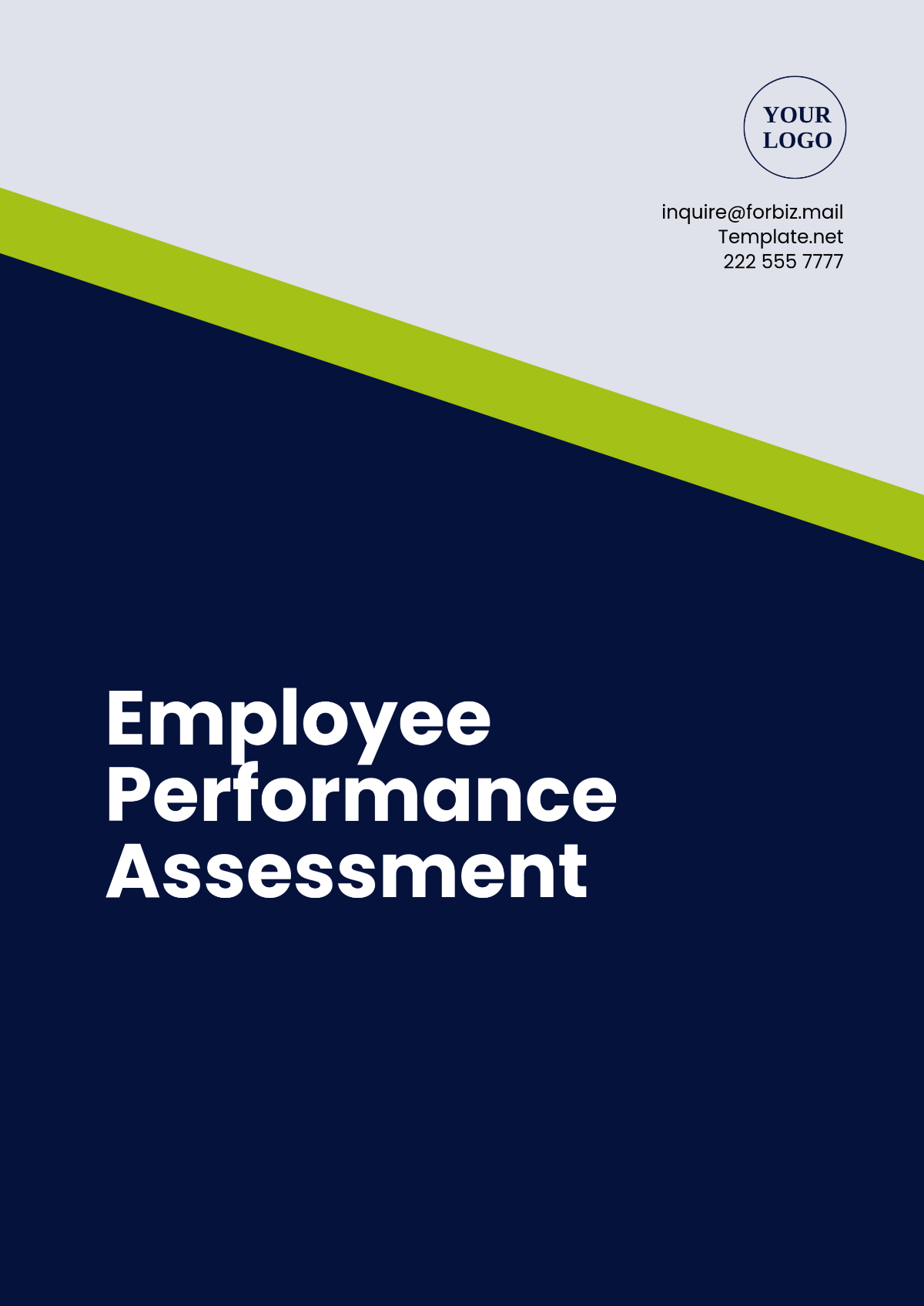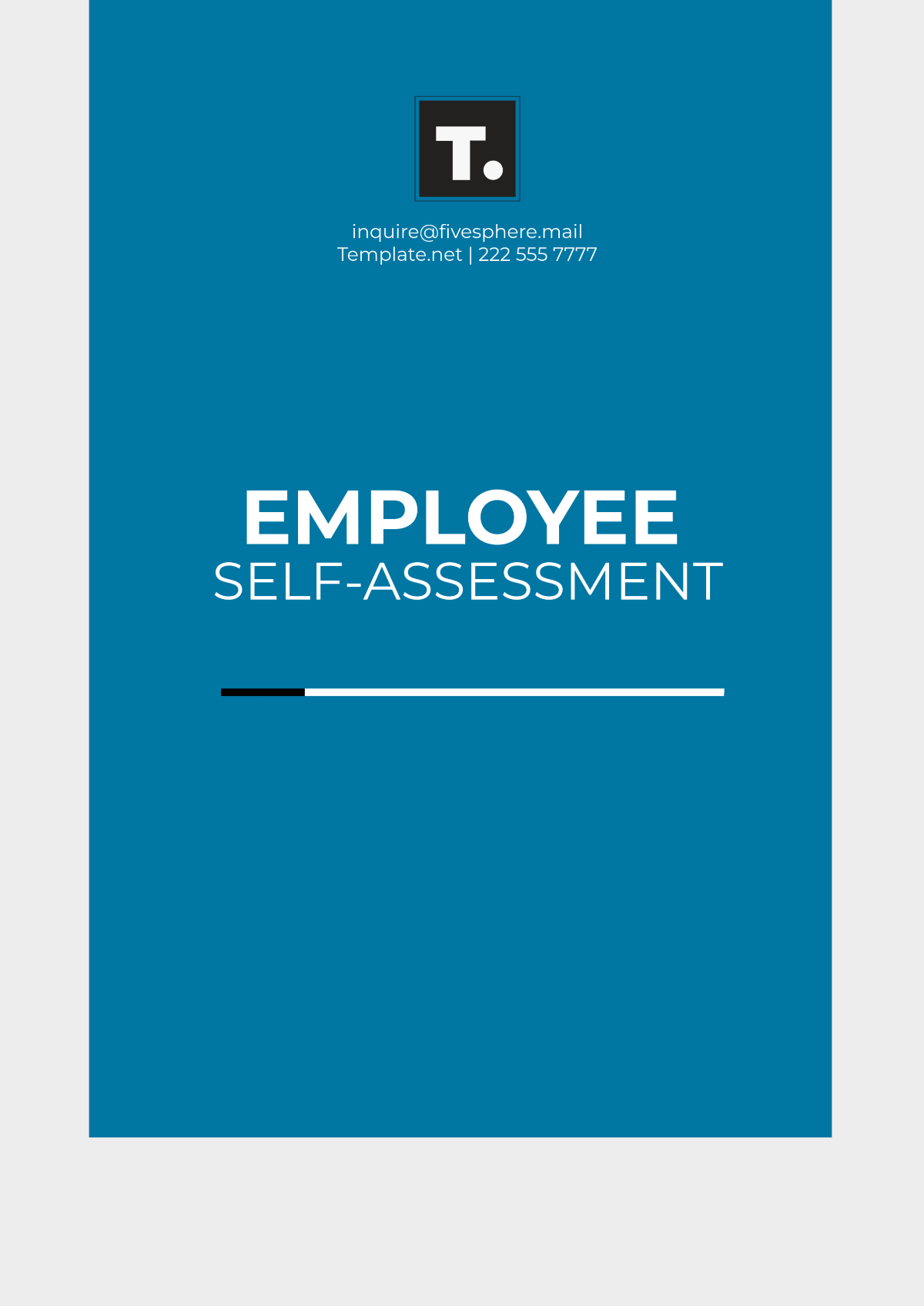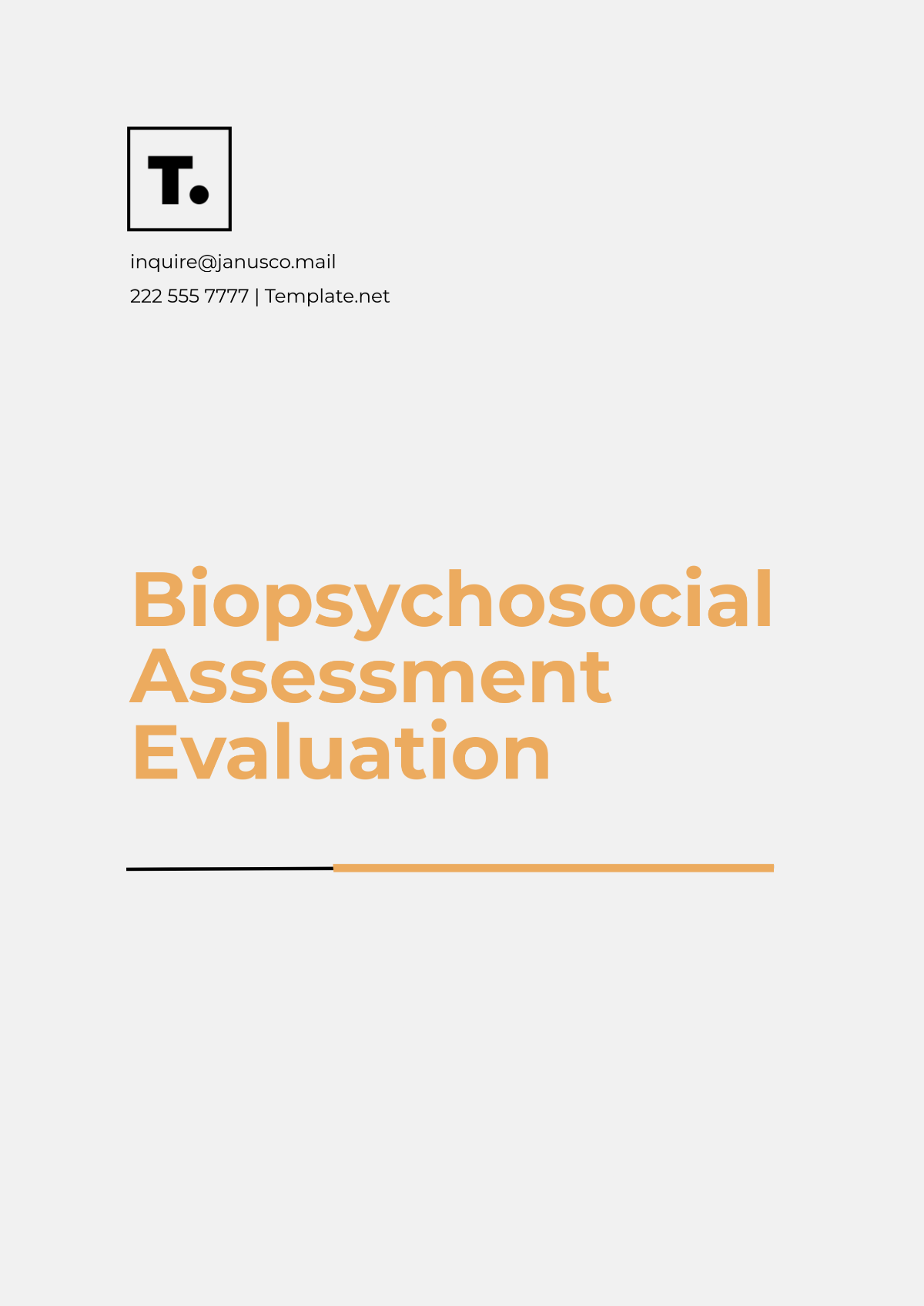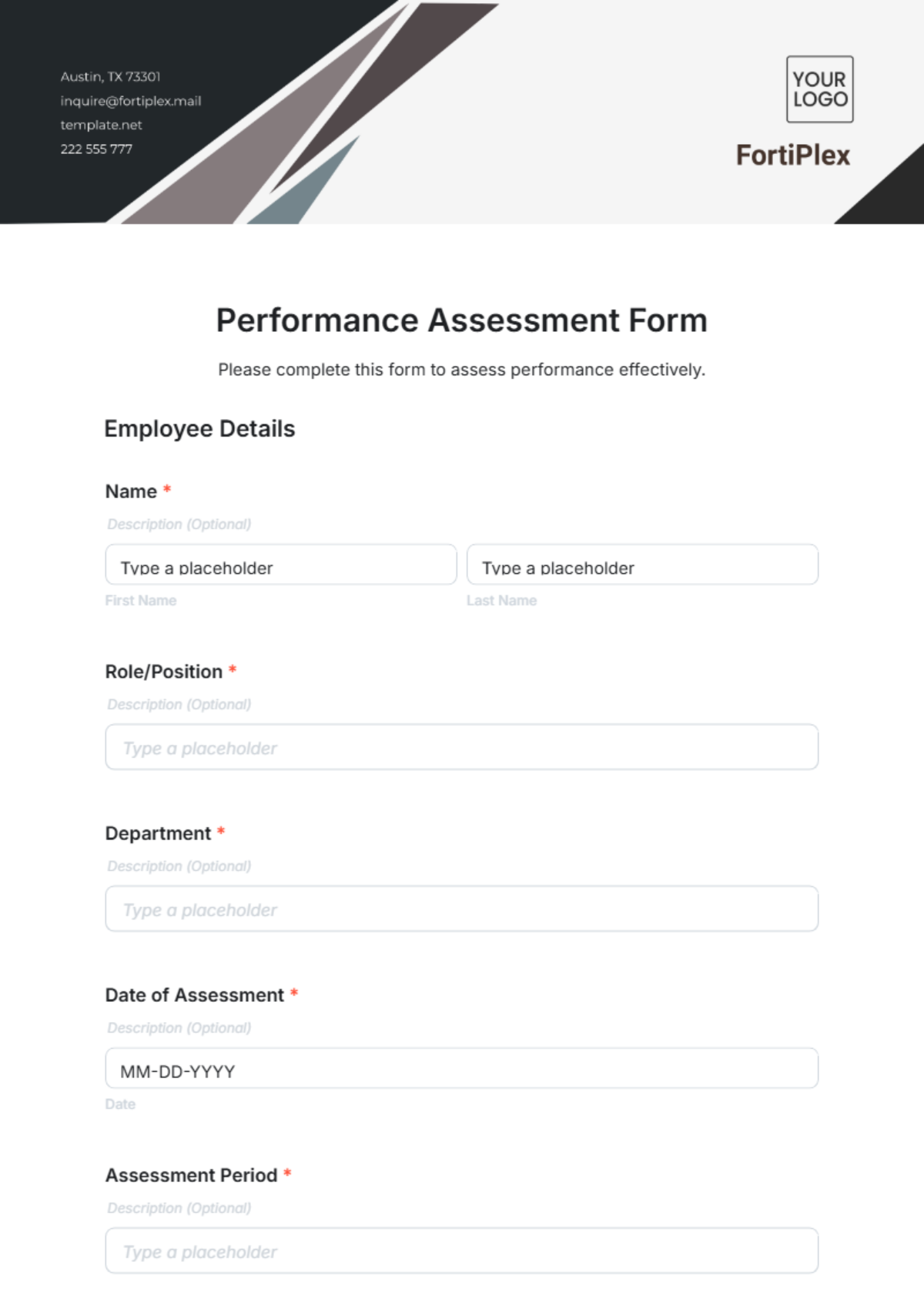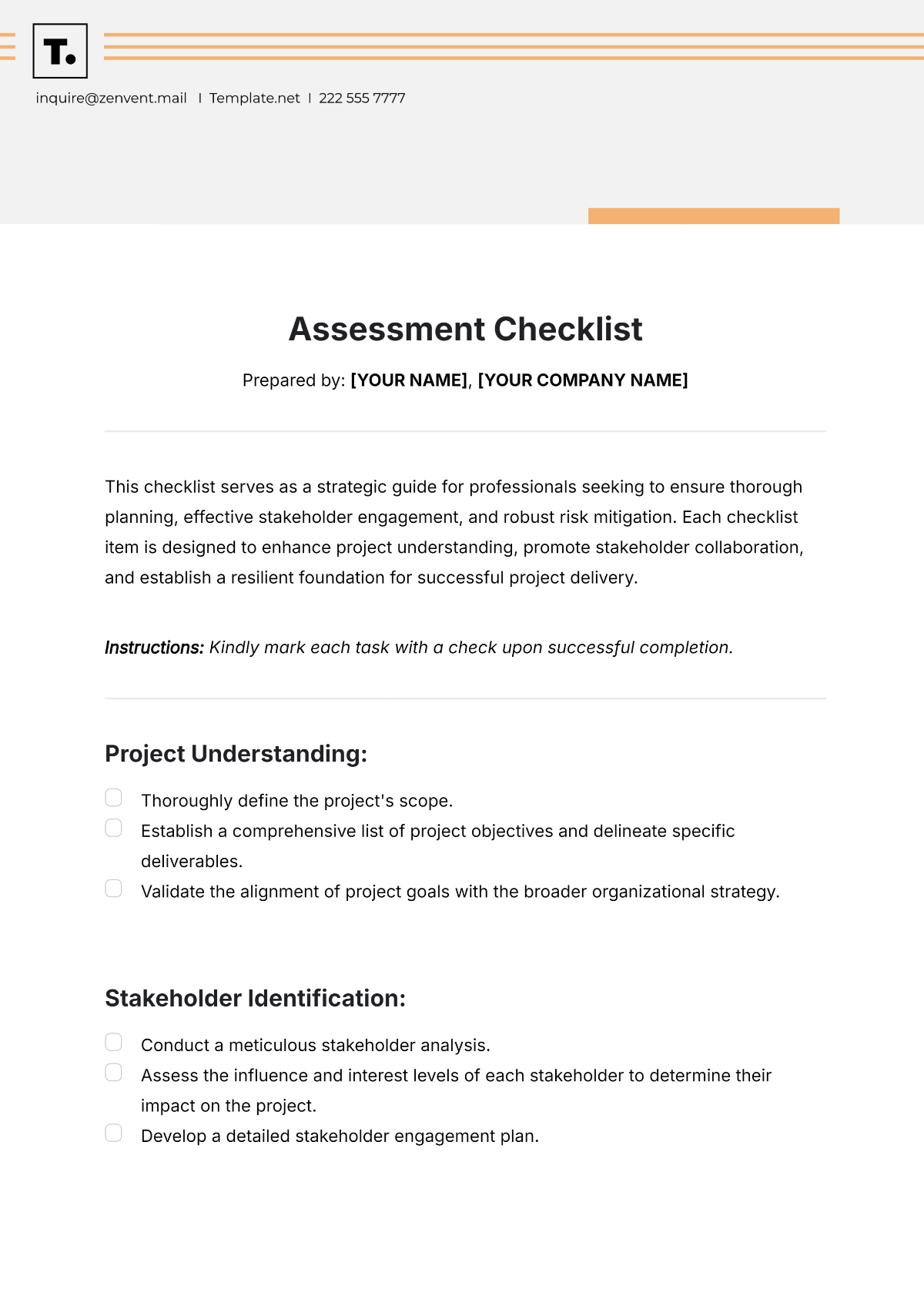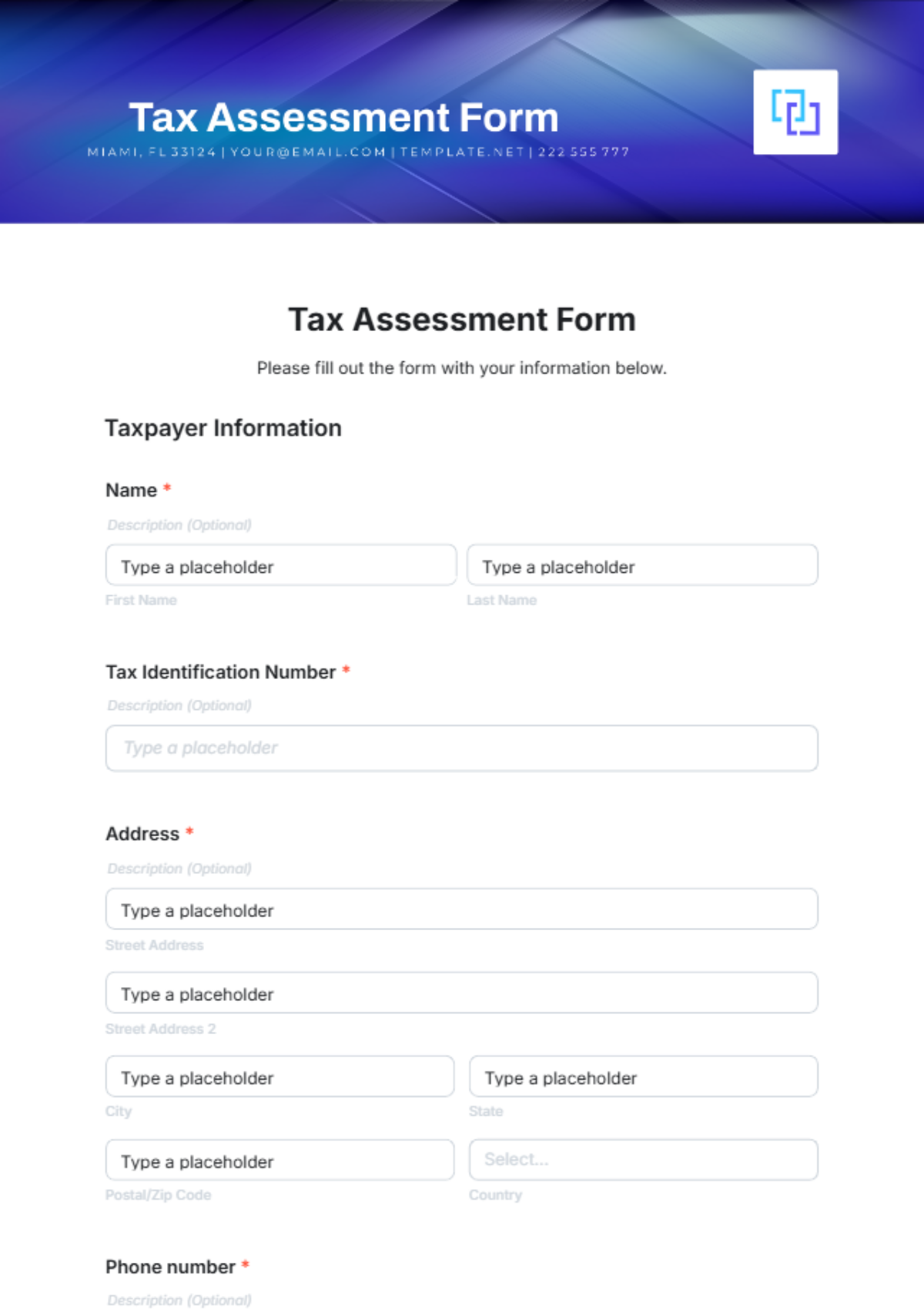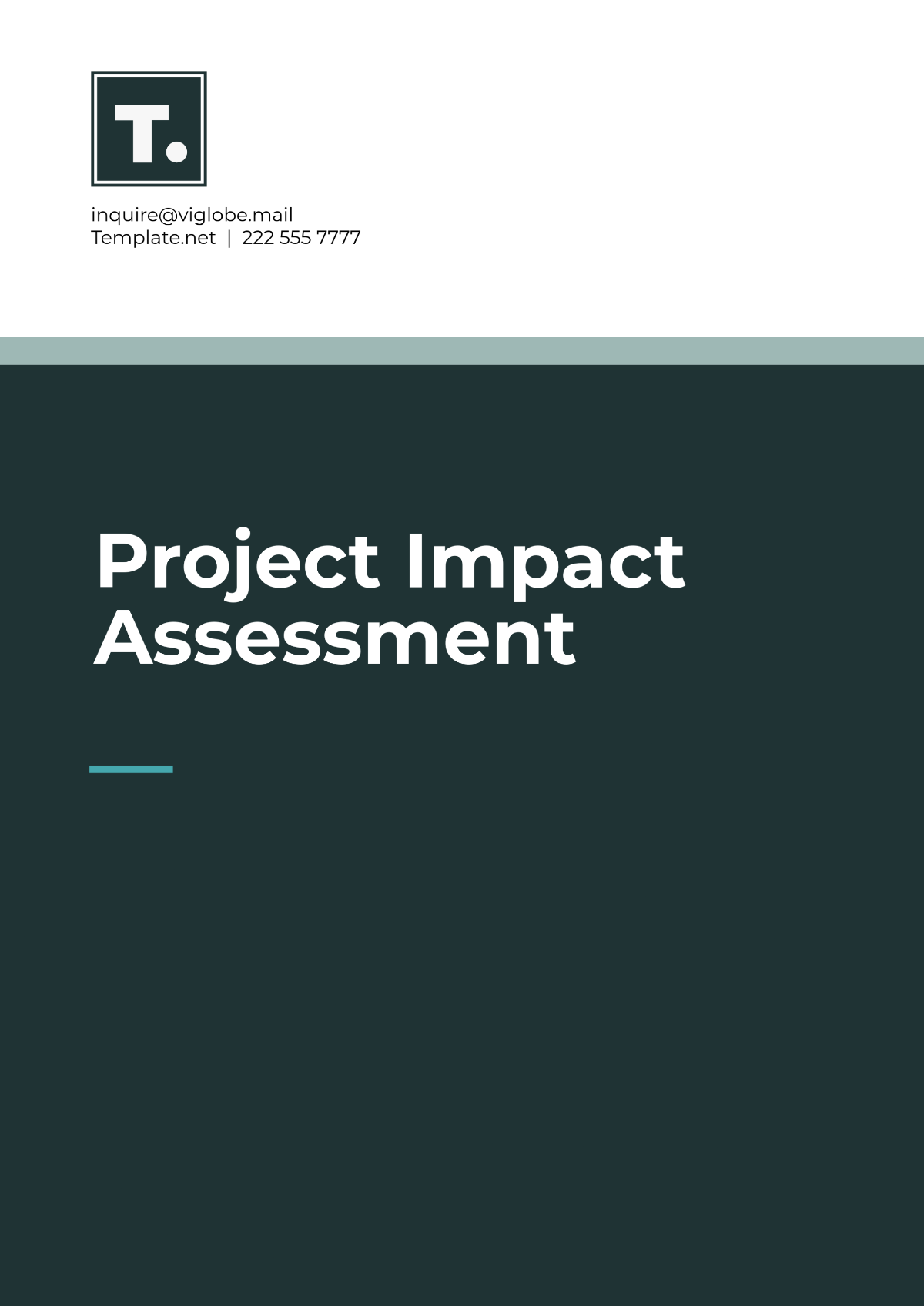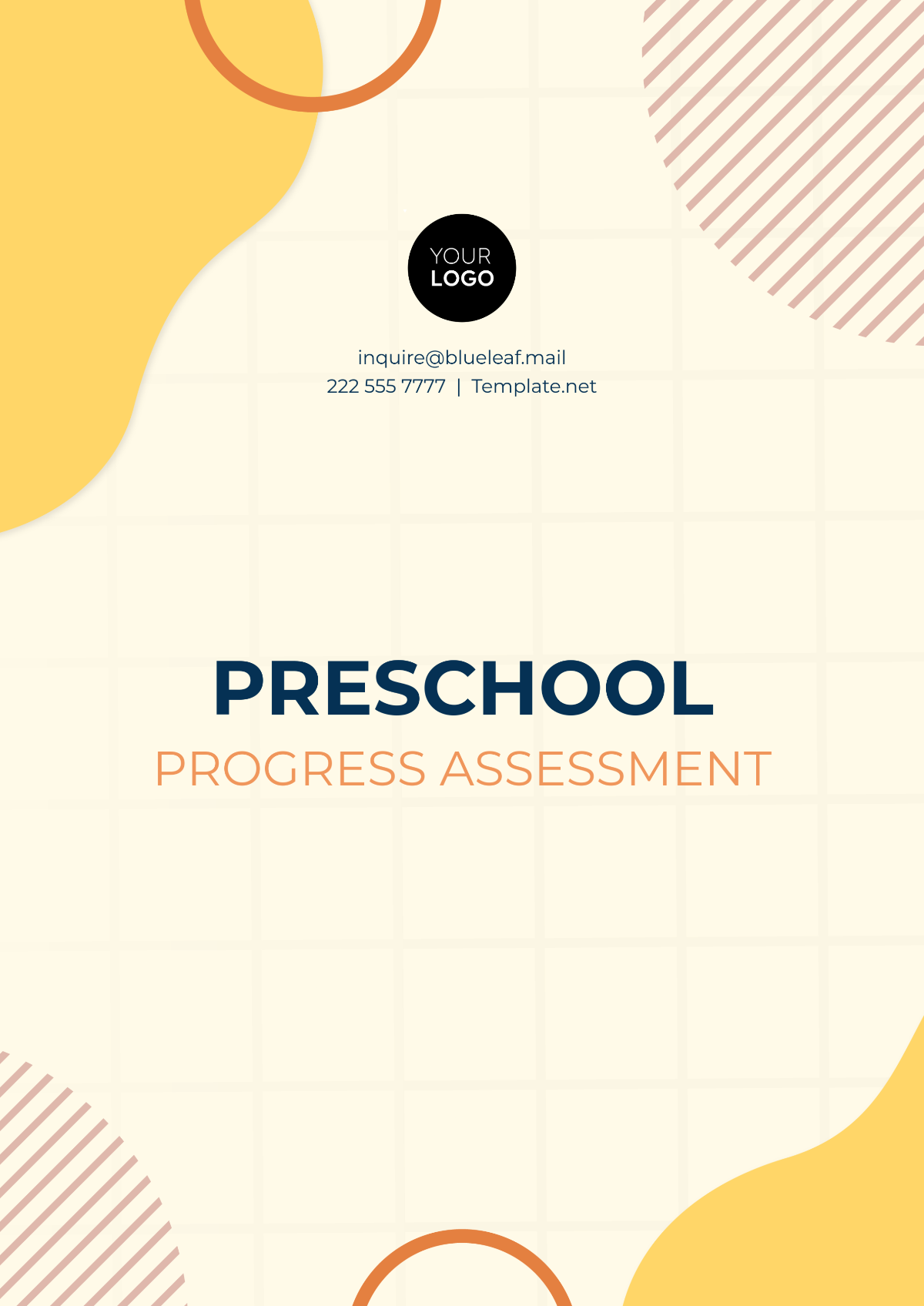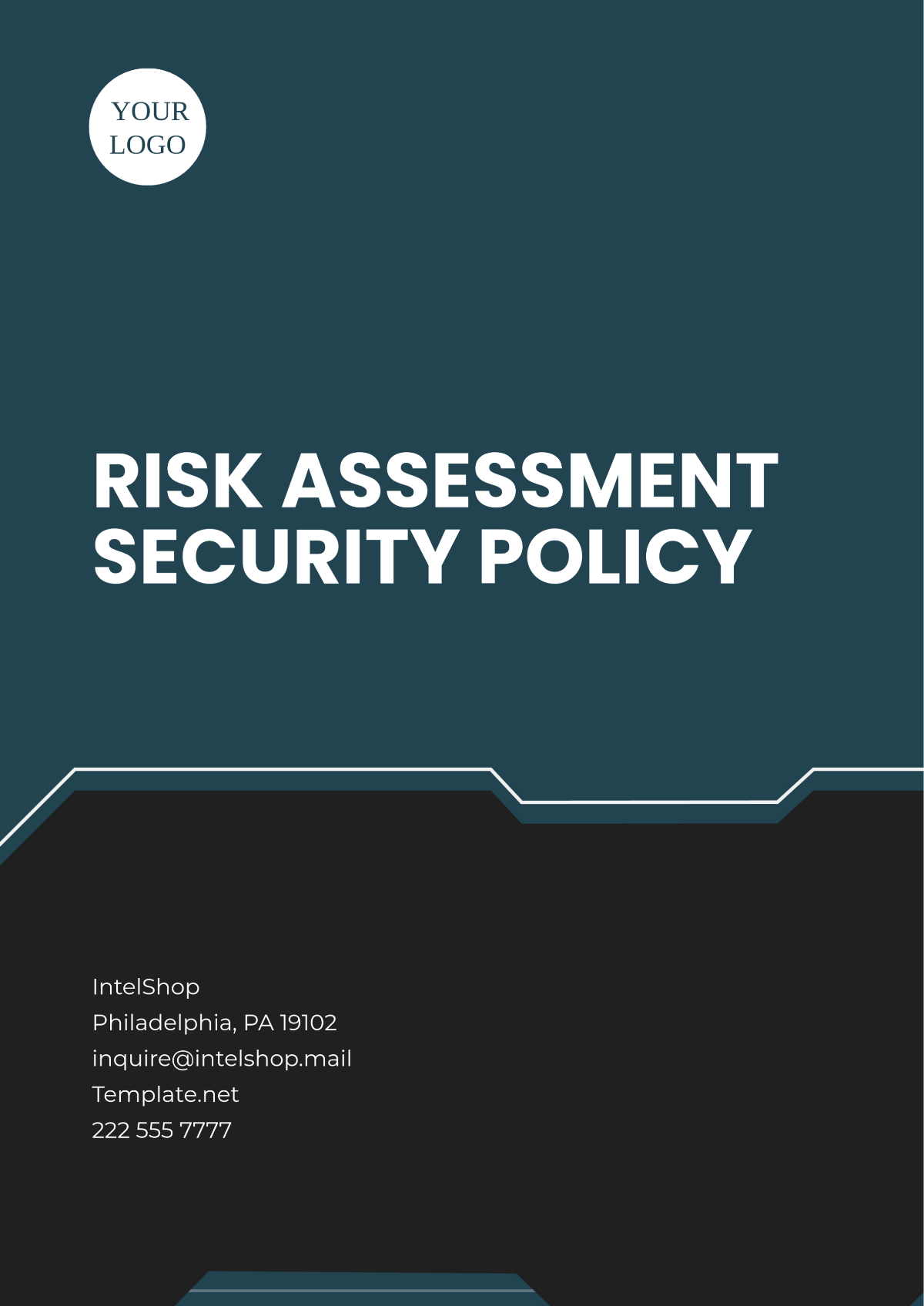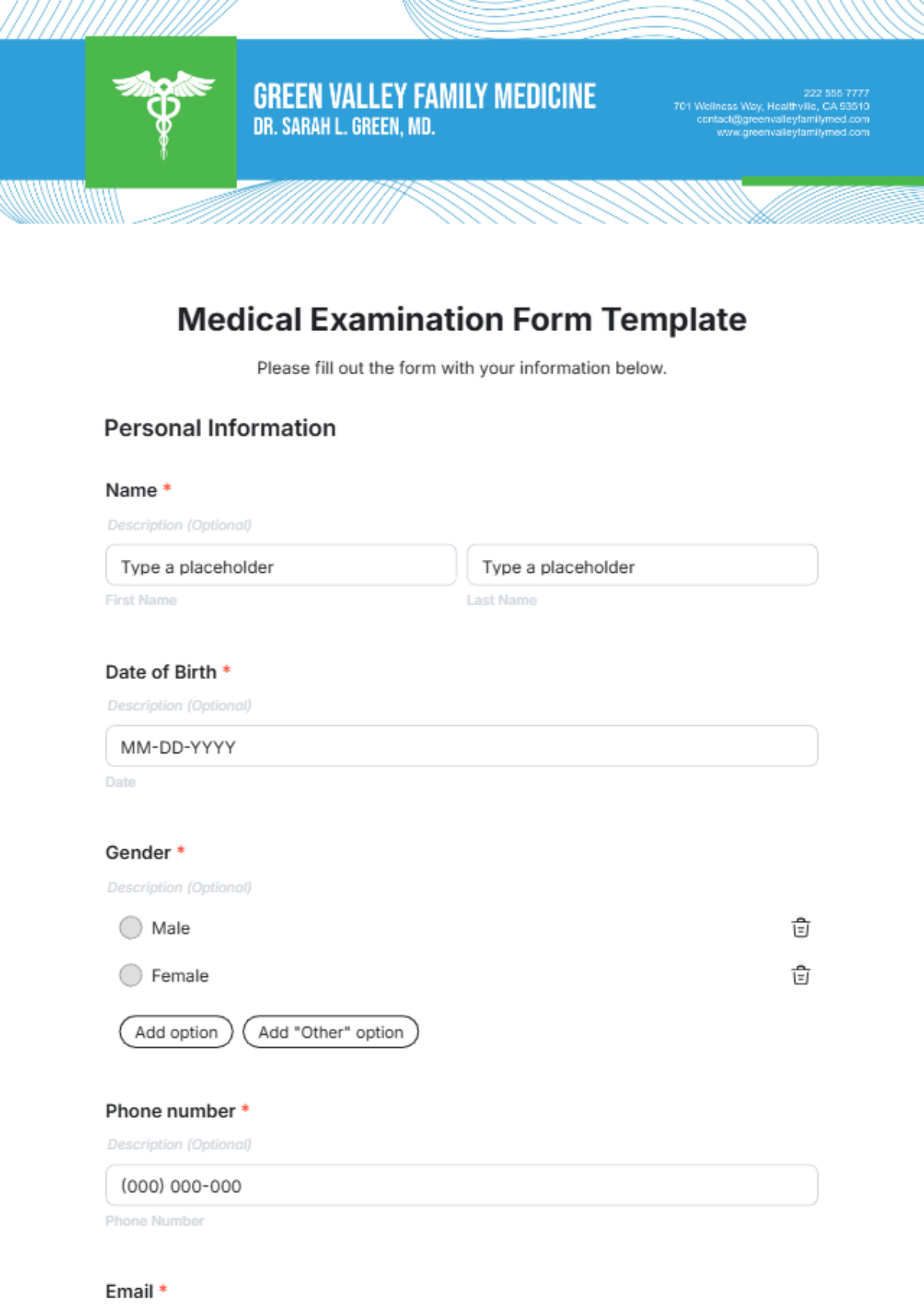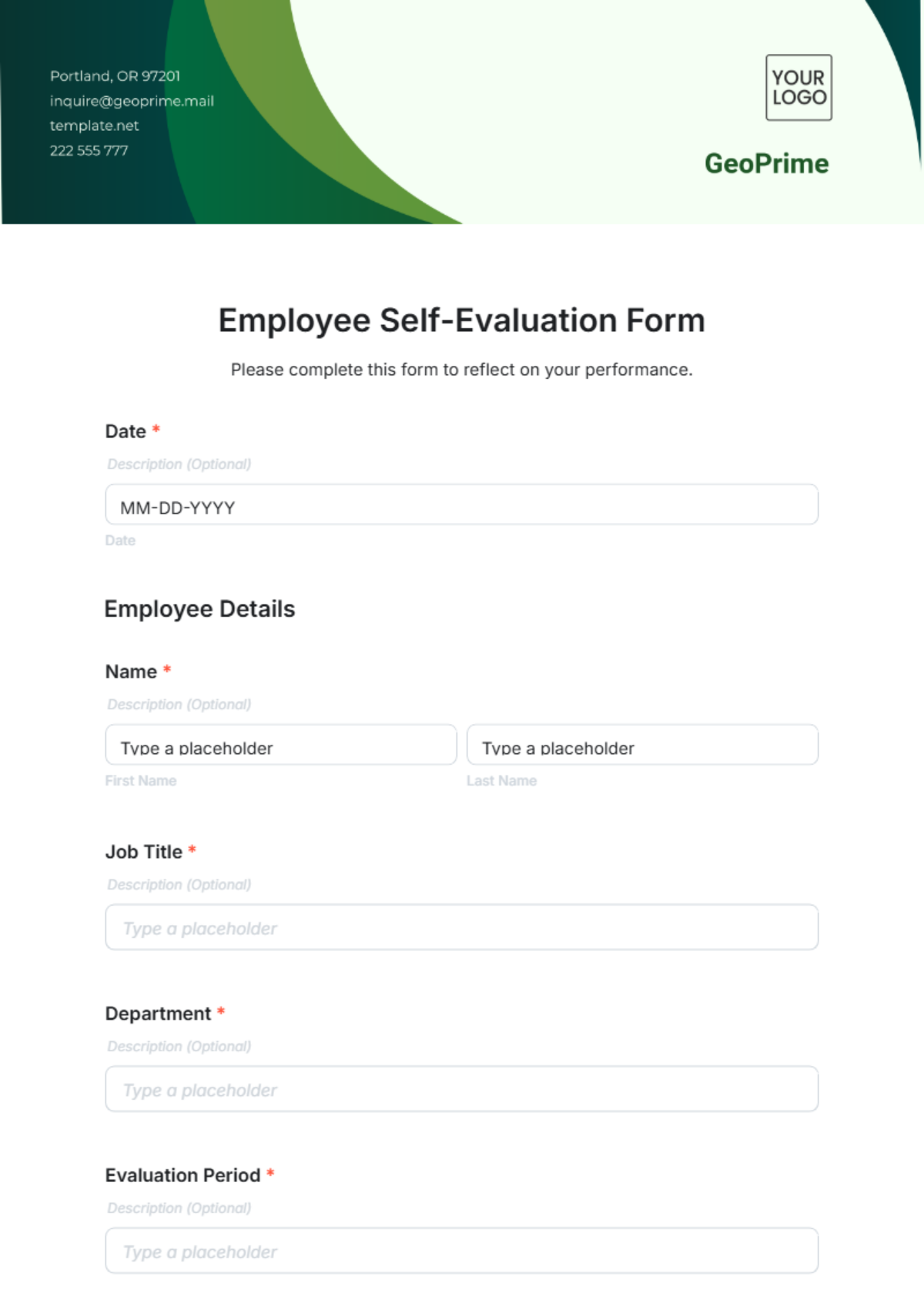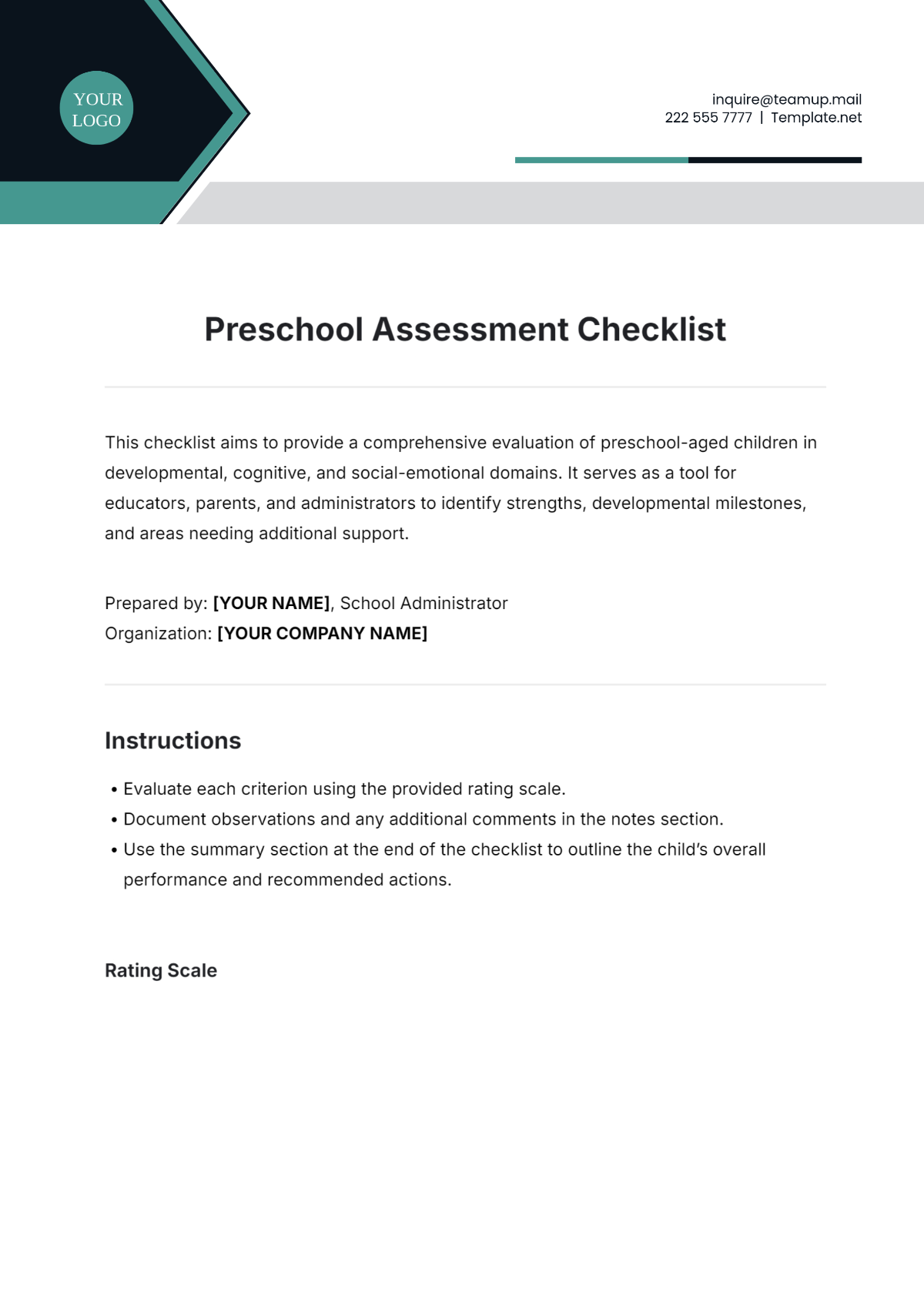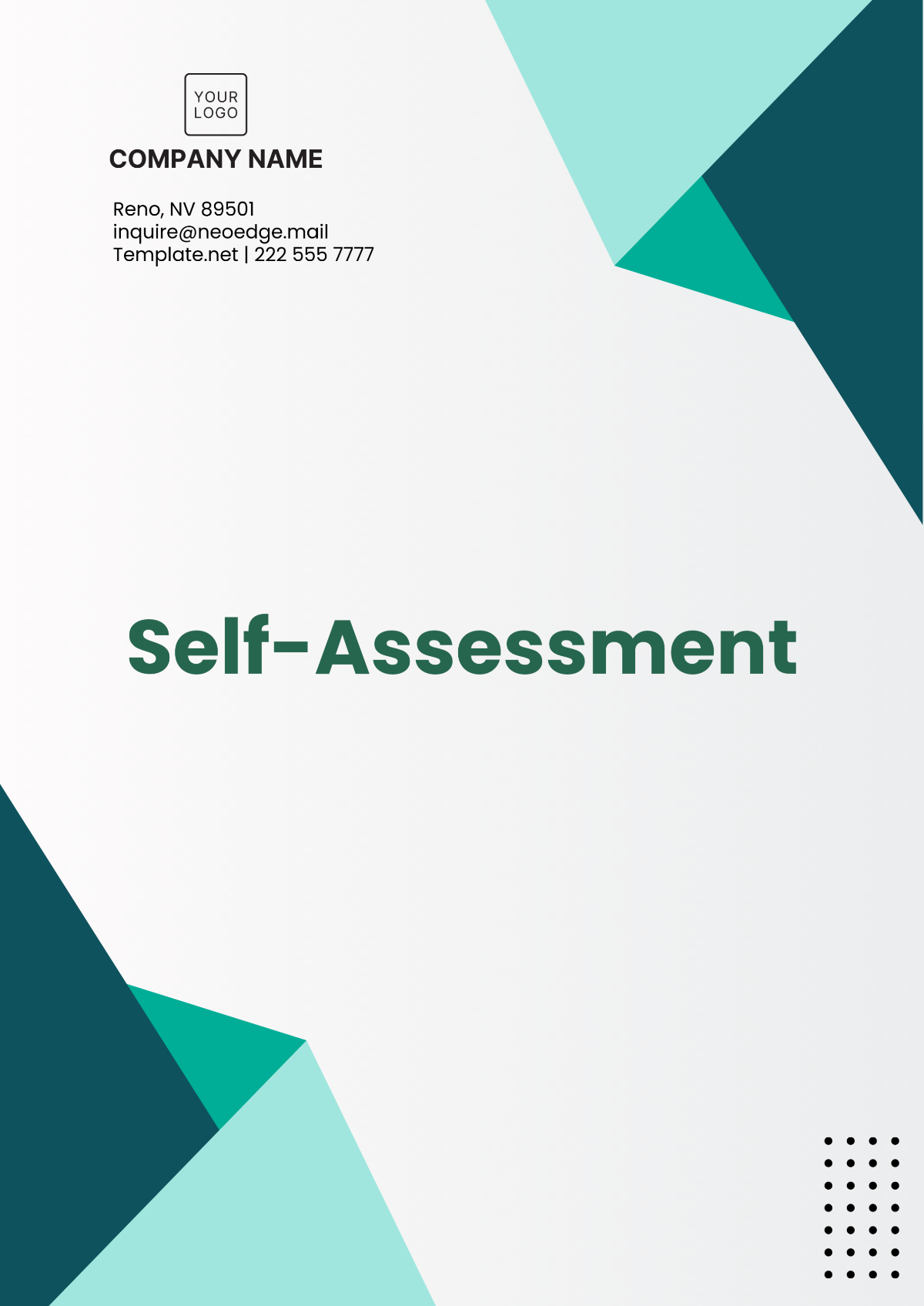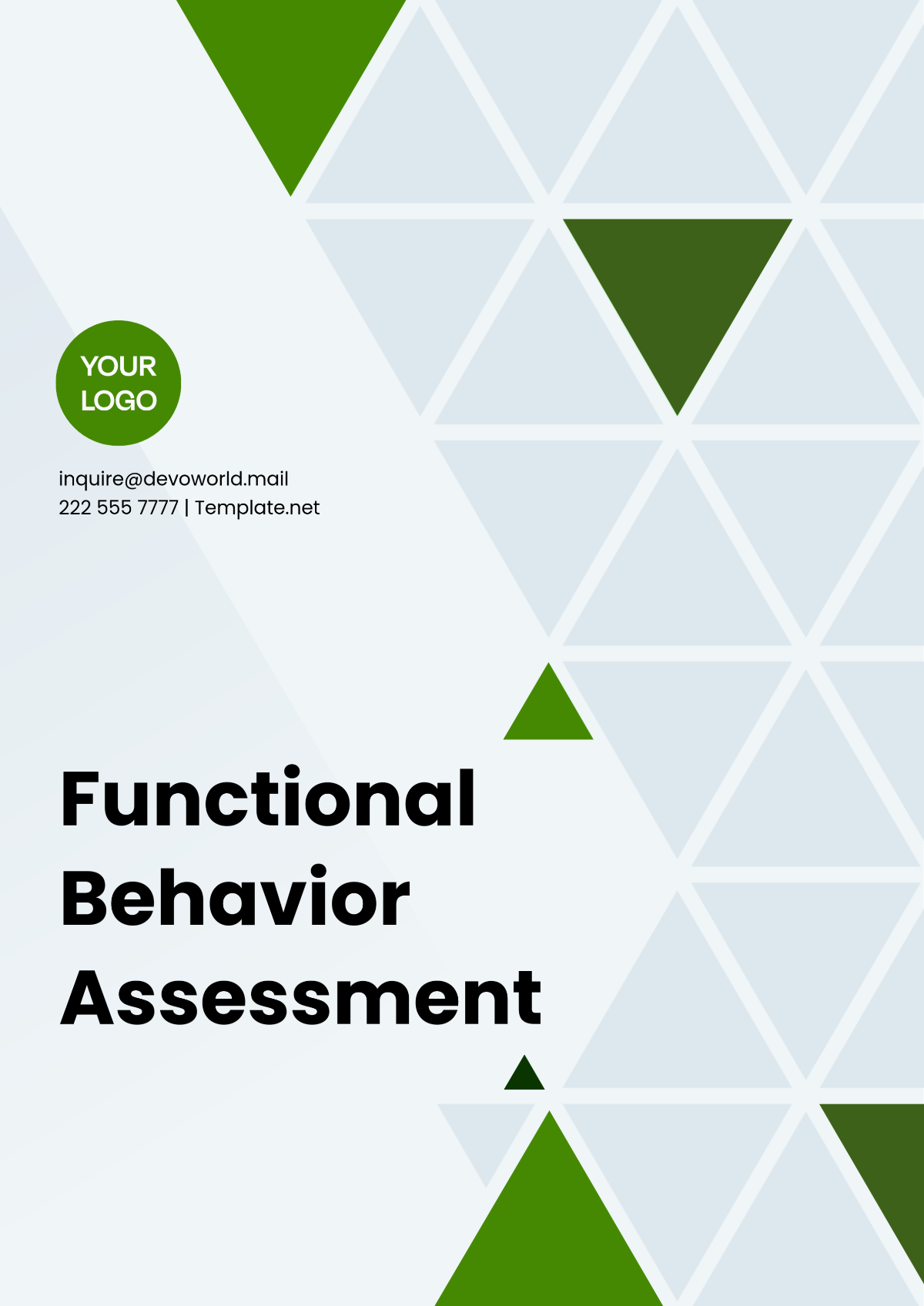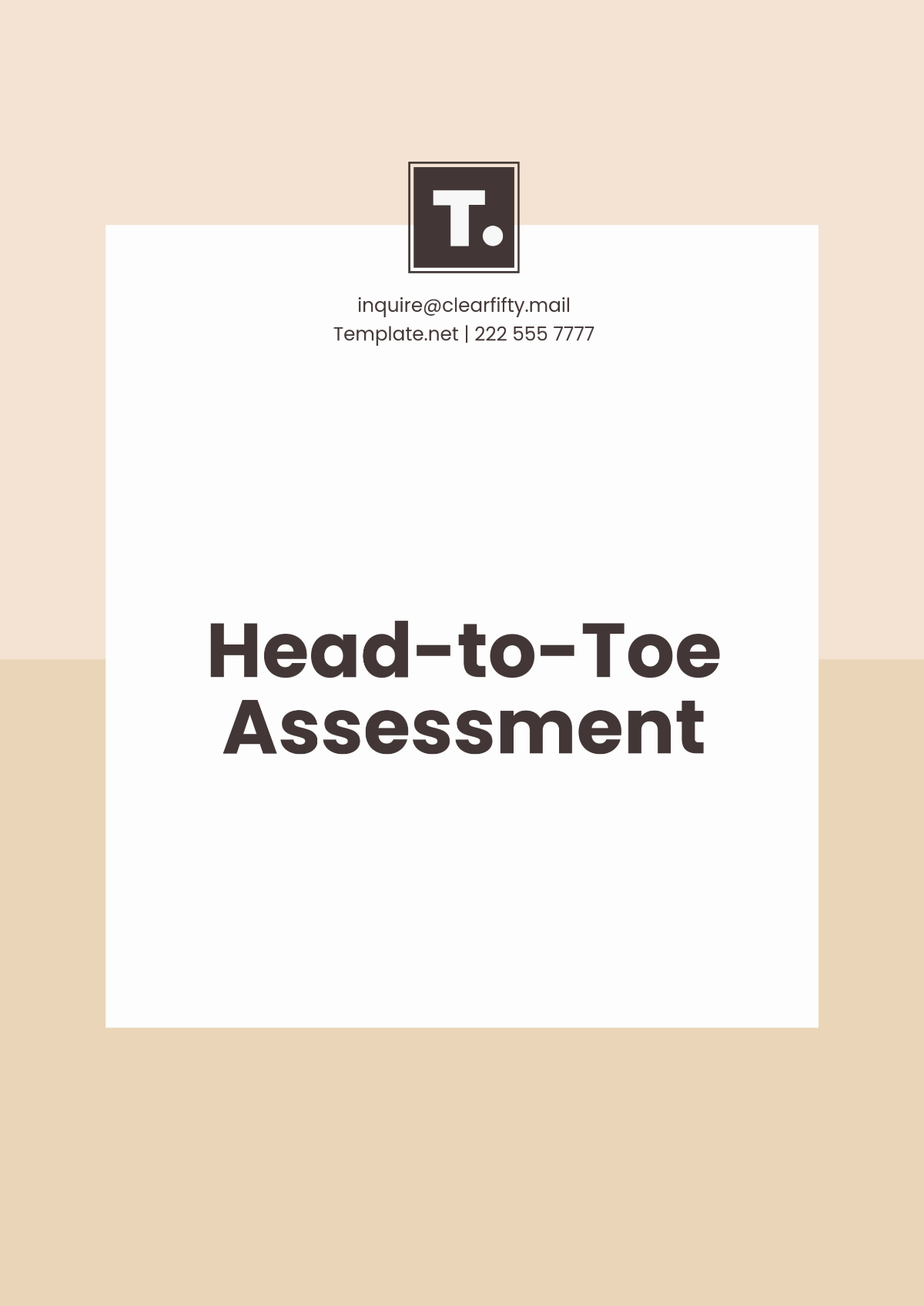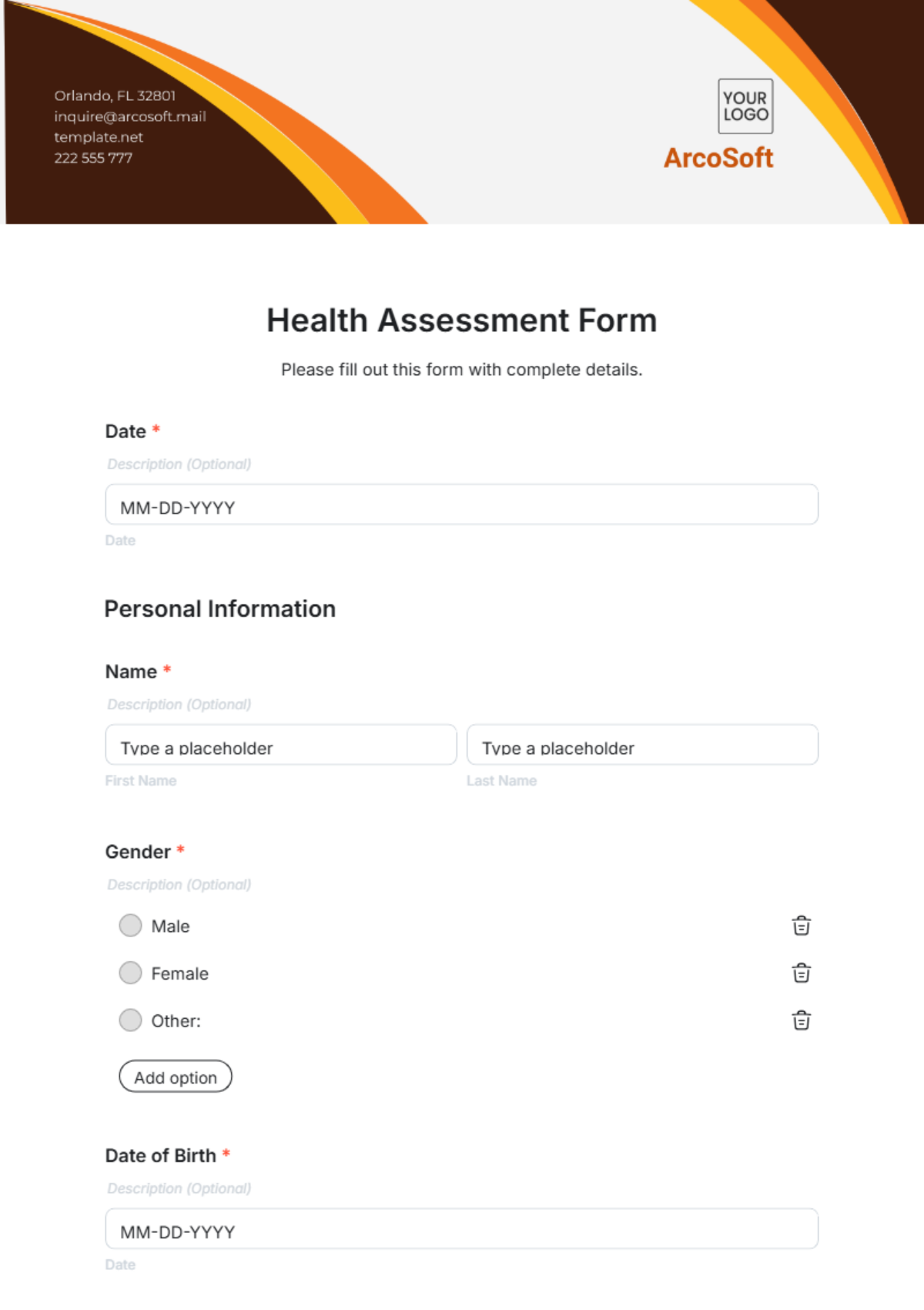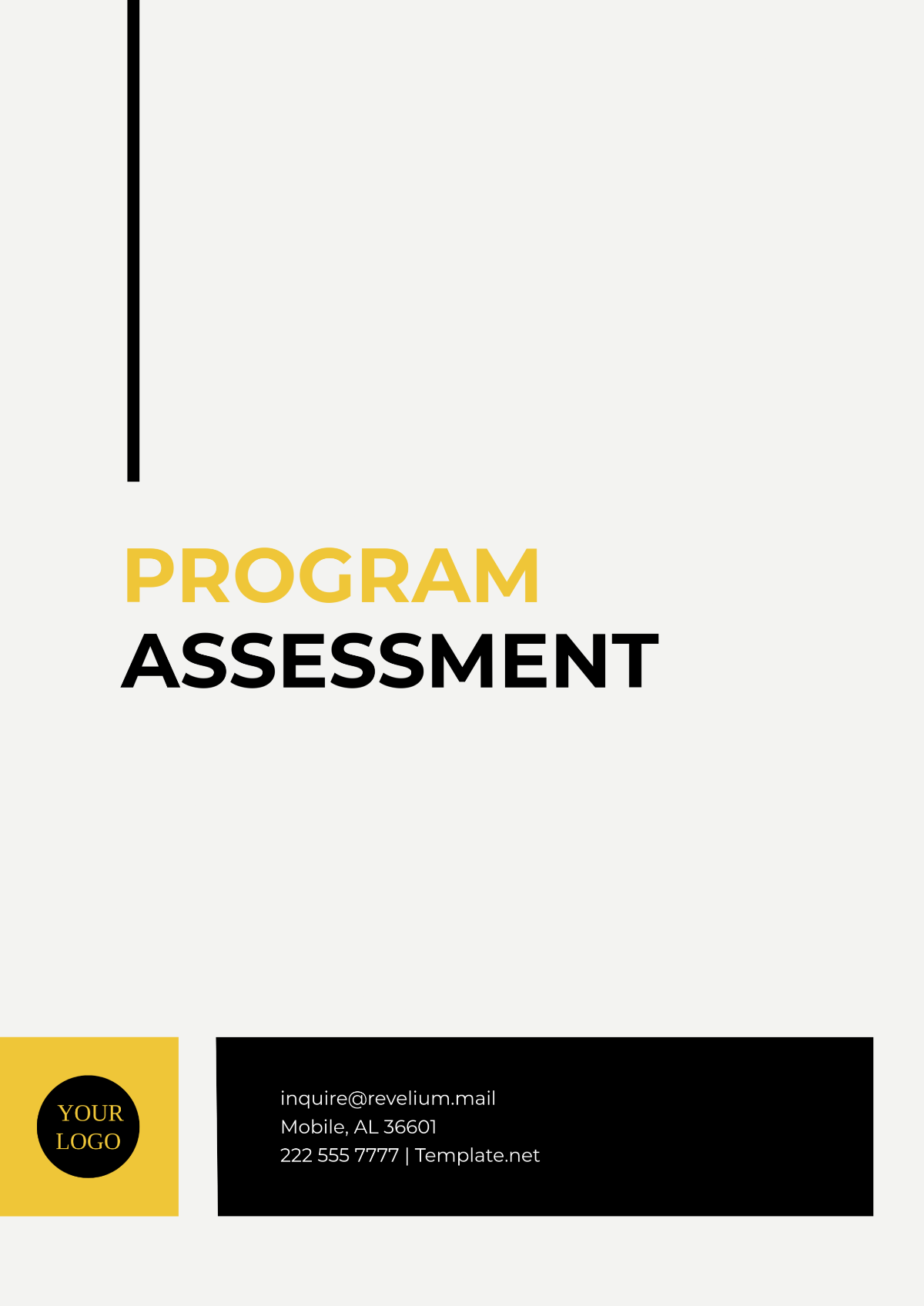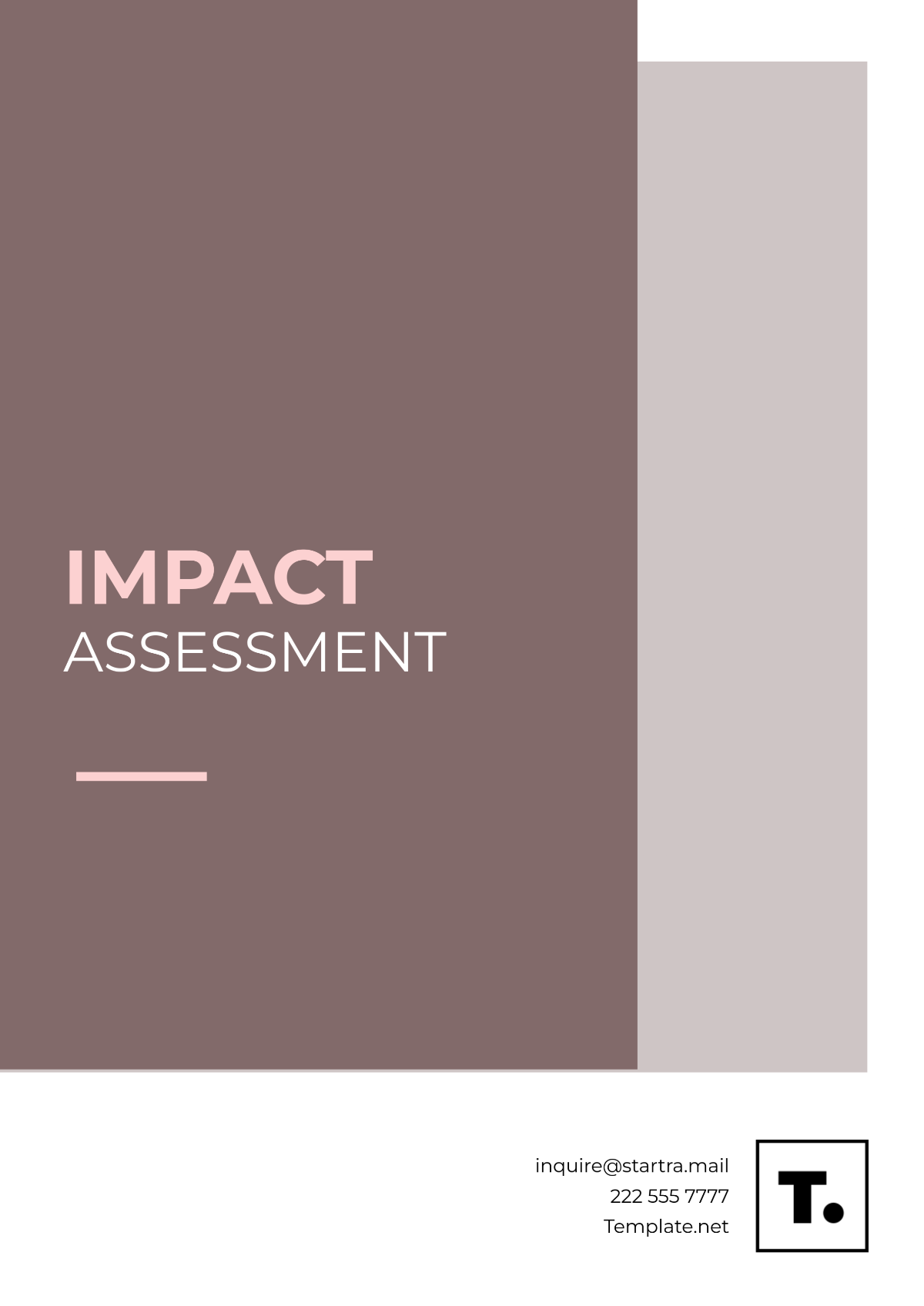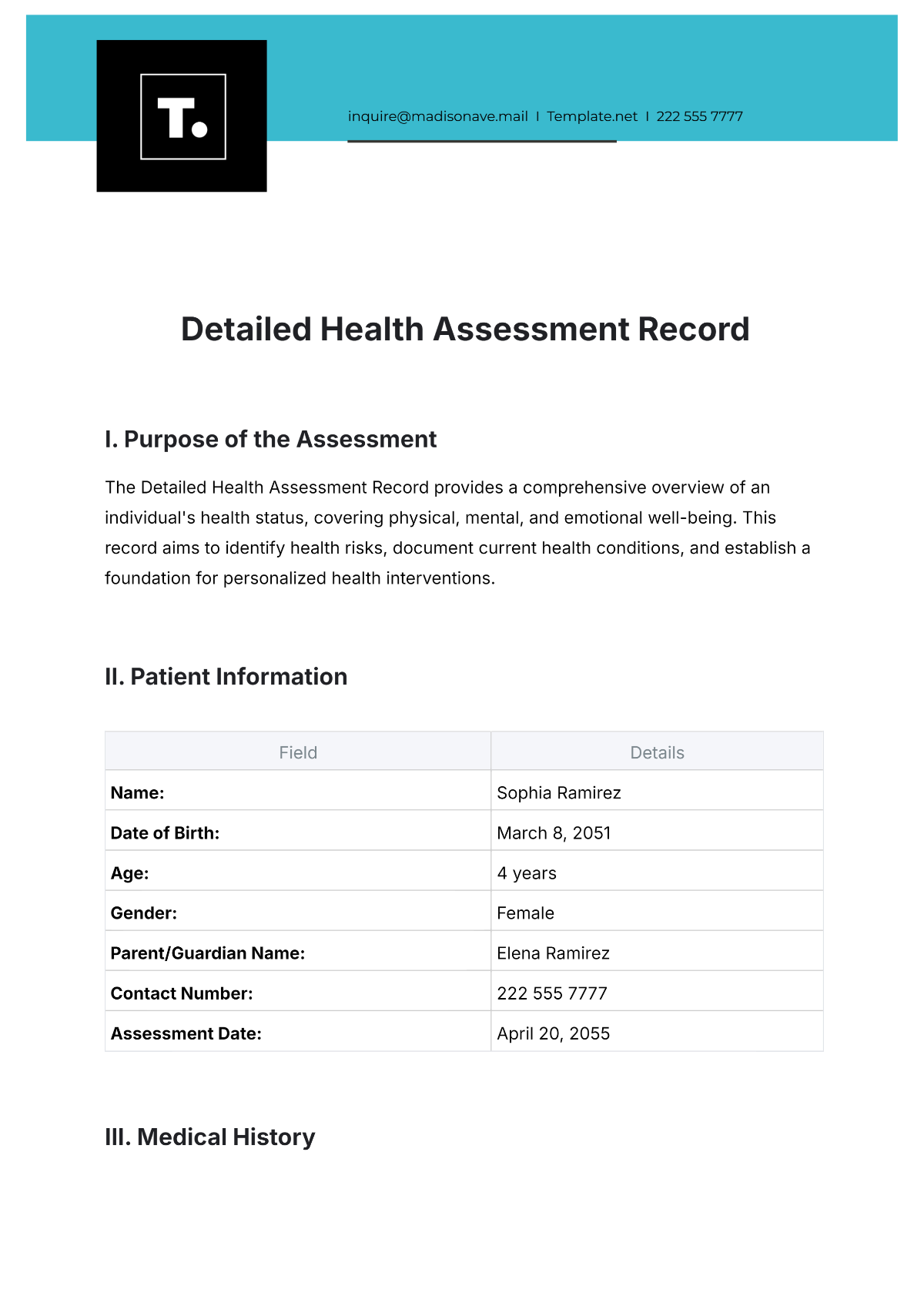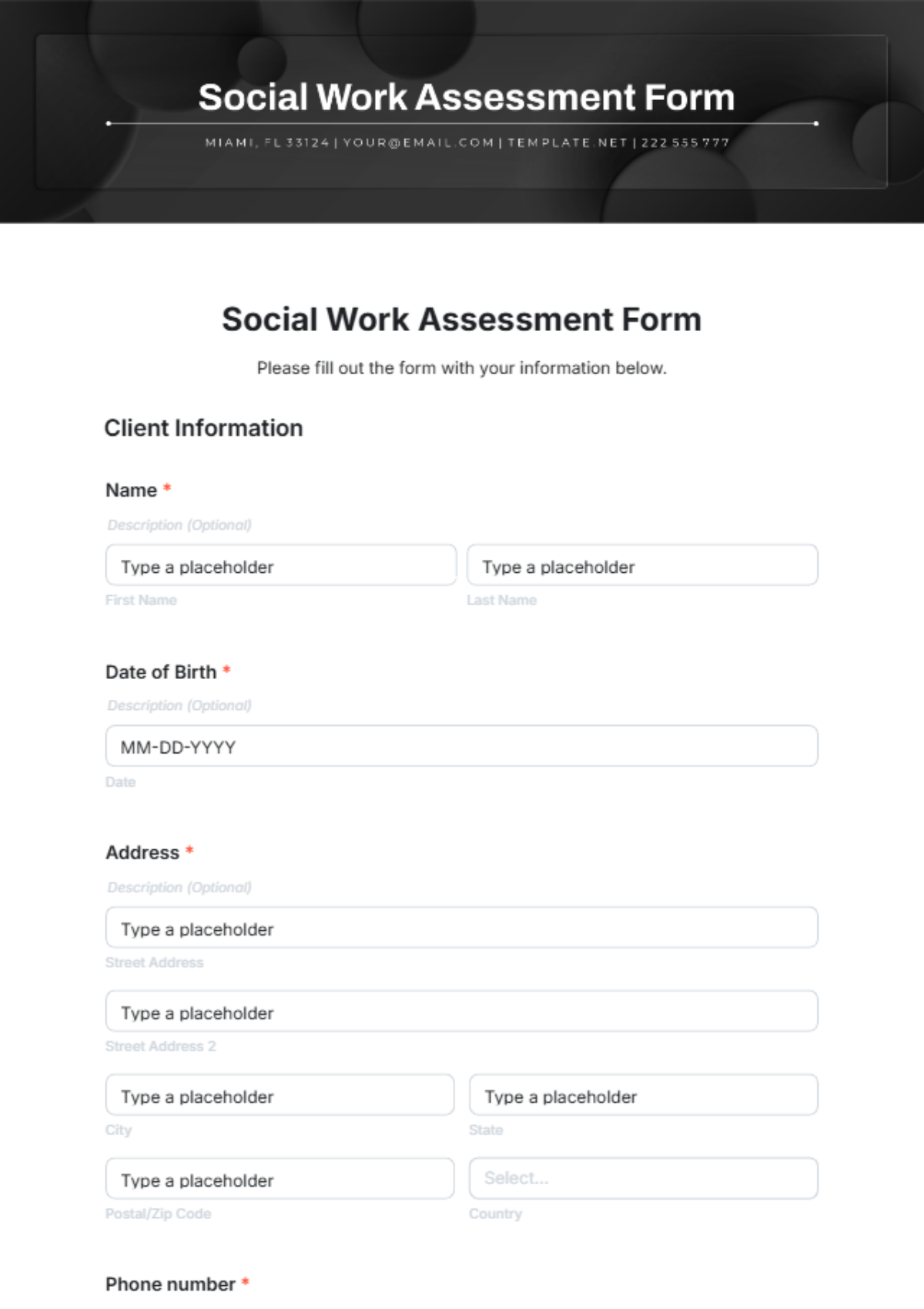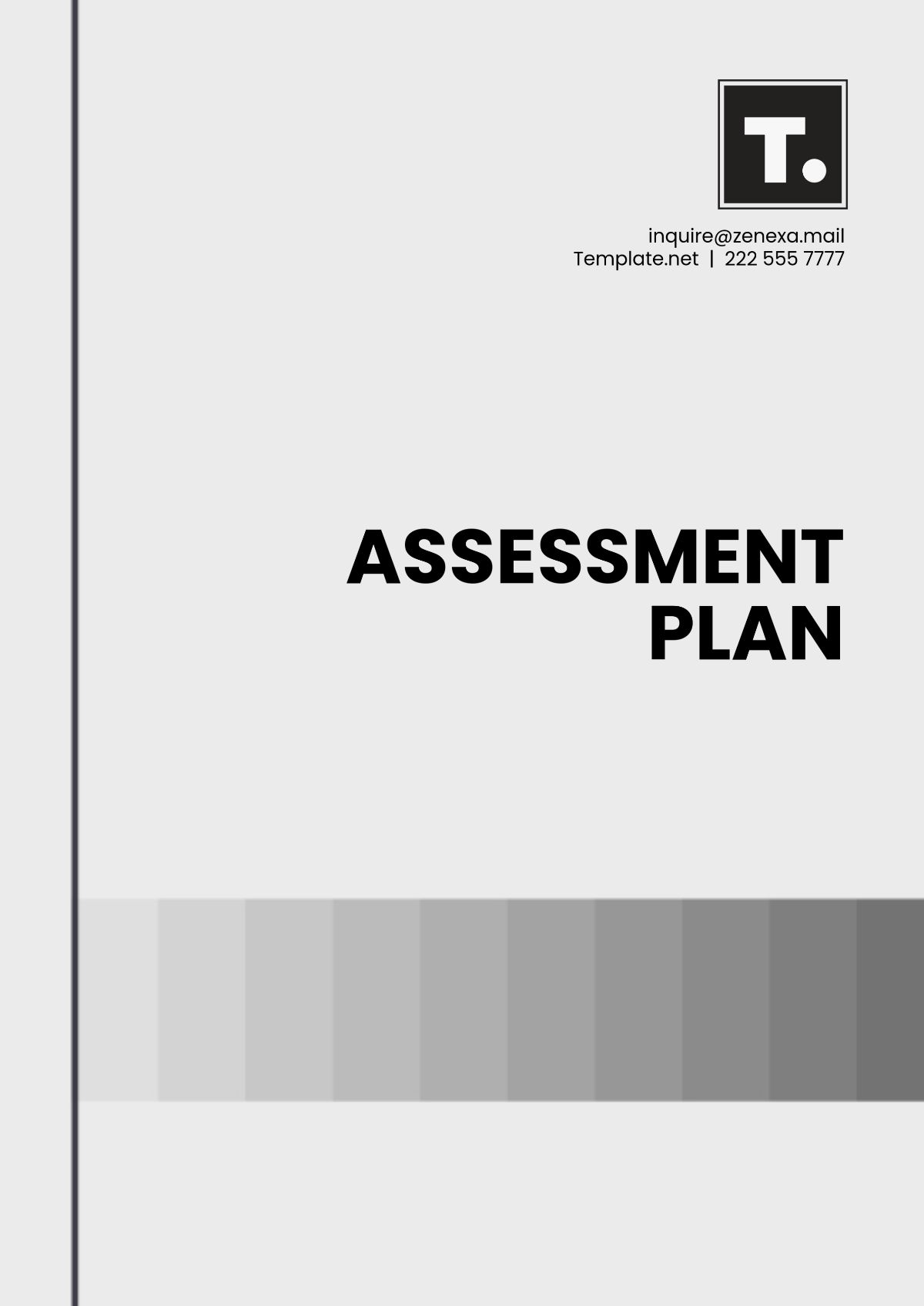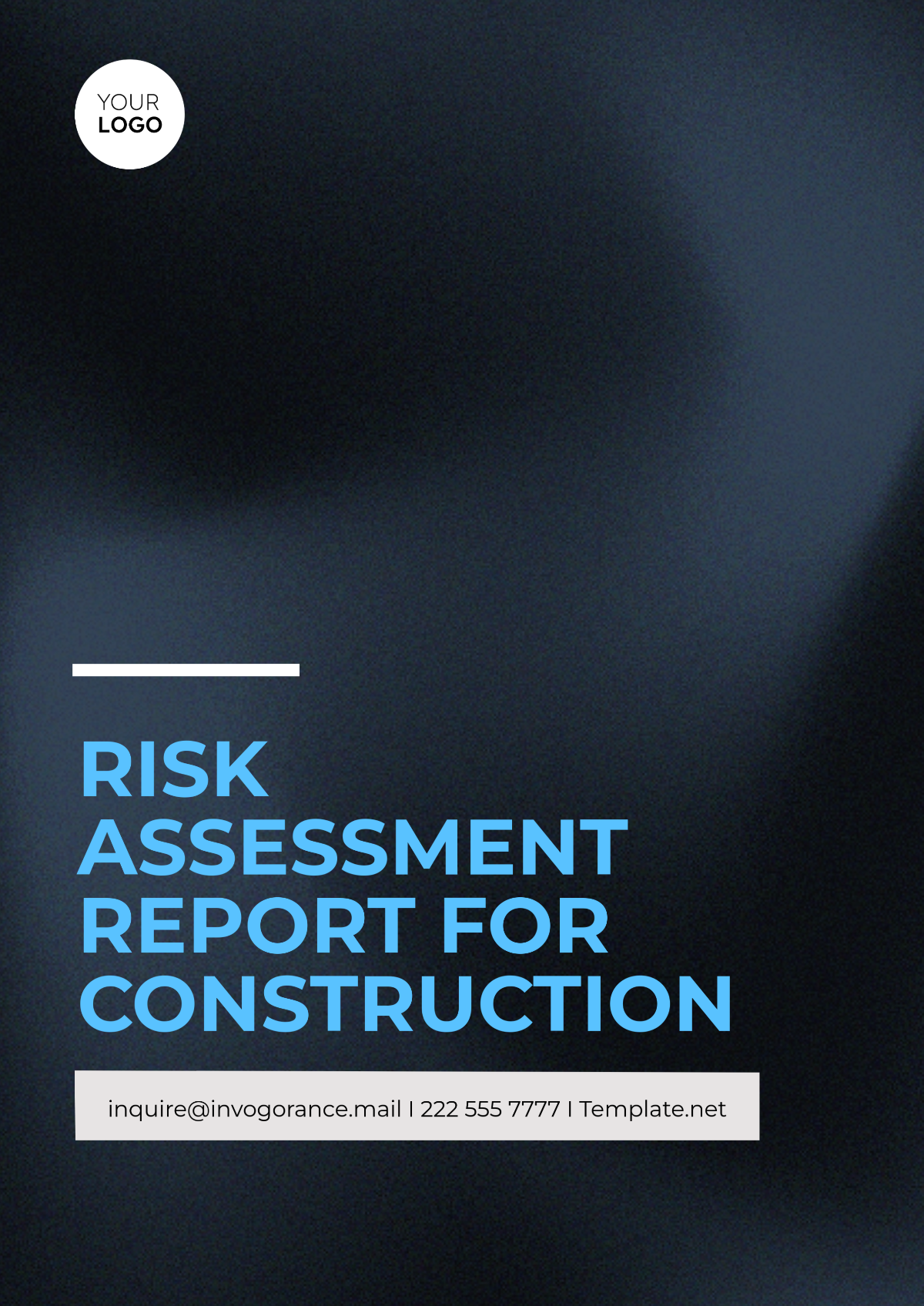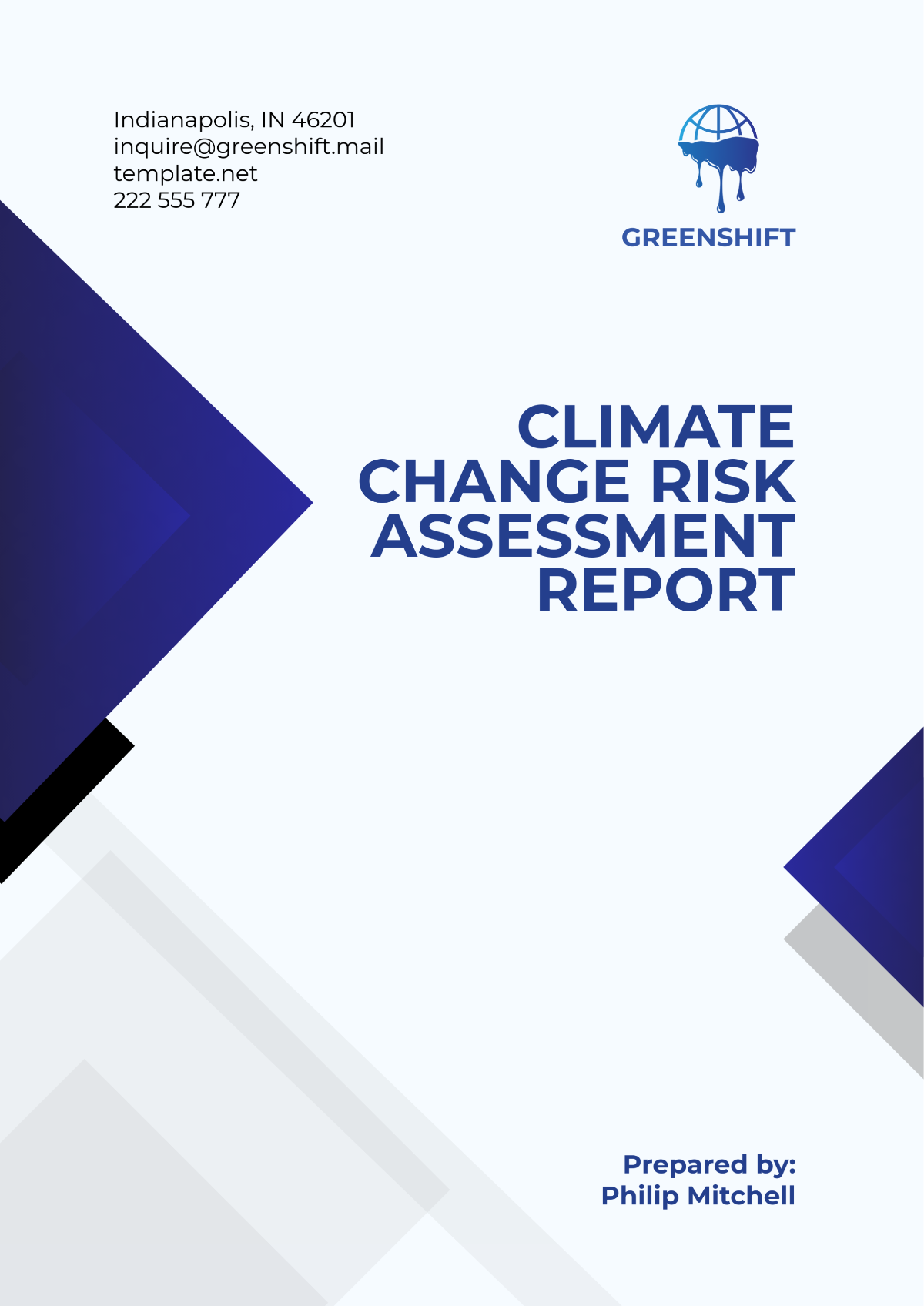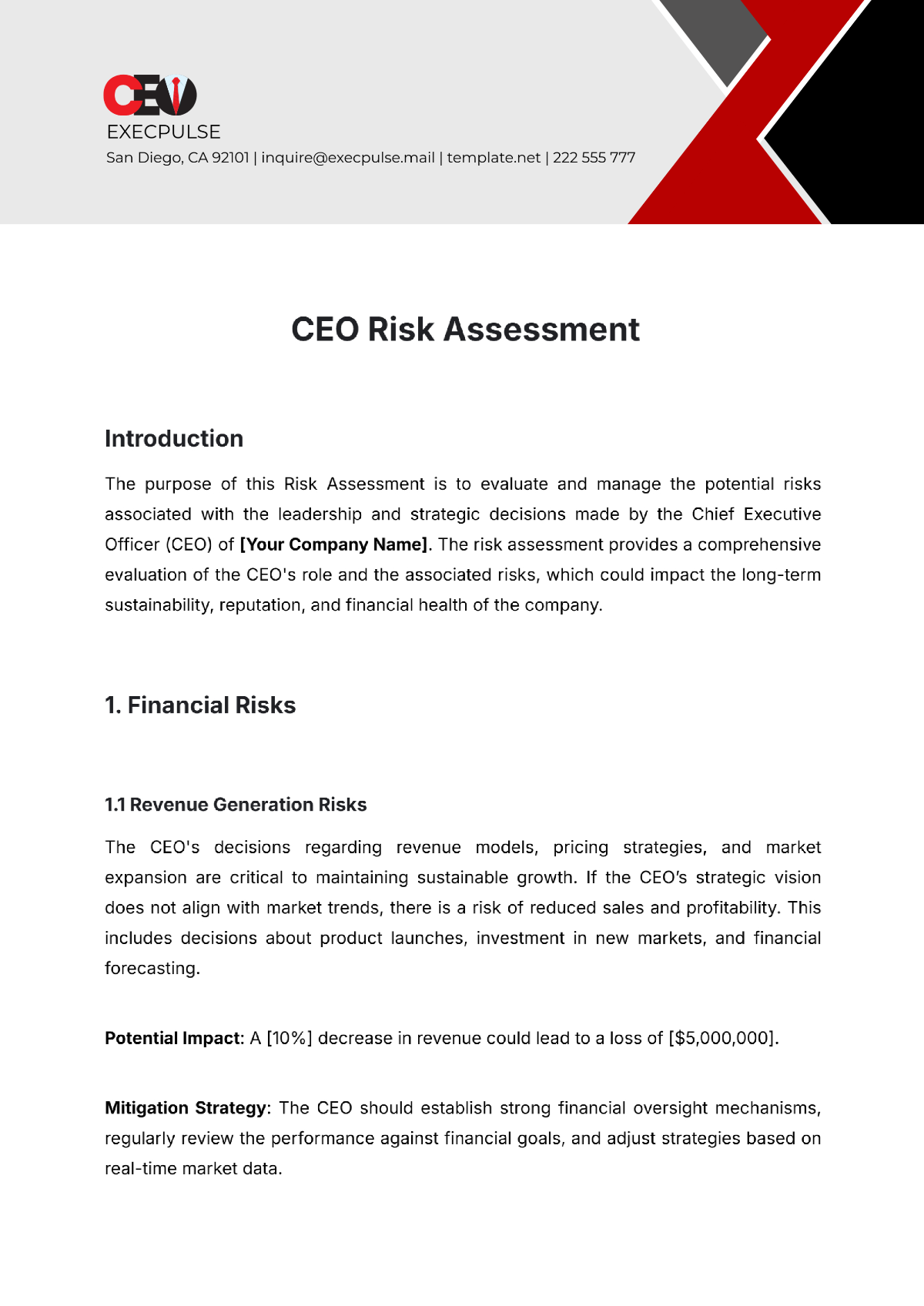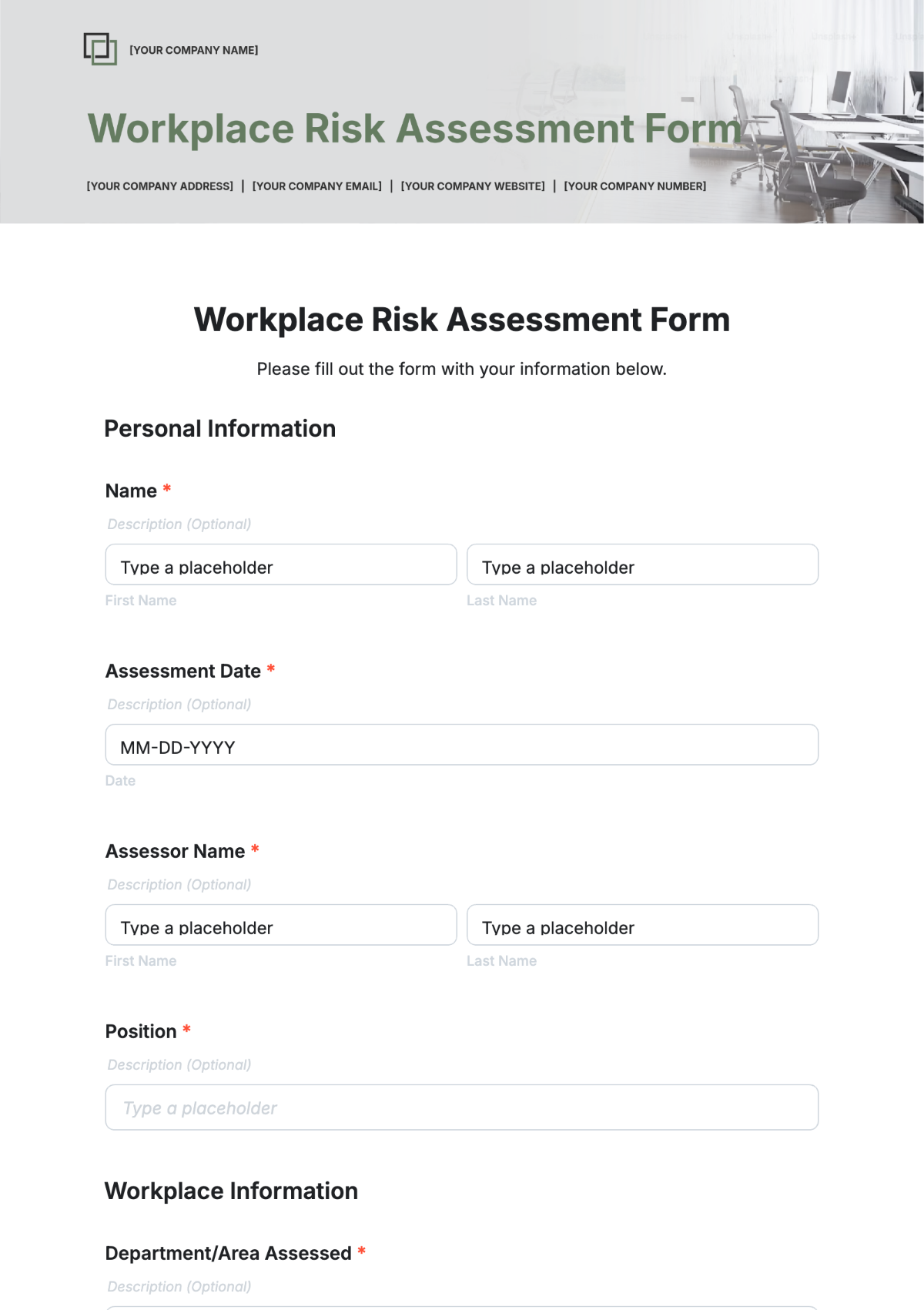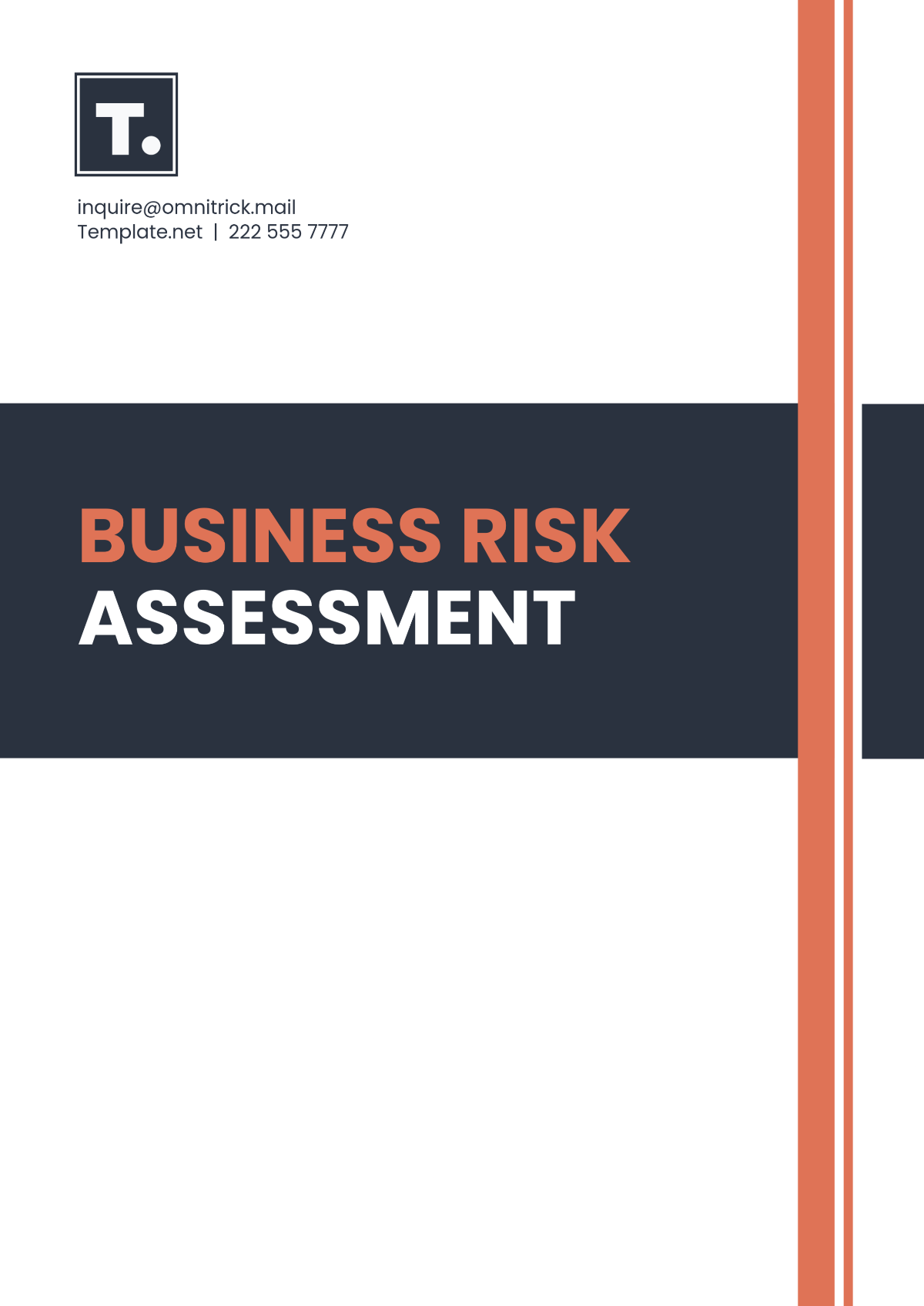Fire Risk Assessment Layout
Date: June 10, 2050
Prepared by: [Your Name]
1. Introduction
Purpose of the Assessment:
Briefly outline the objectives of conducting the fire risk assessment.Scope:
Define the scope of the assessment, including the areas being assessed and the type of activities considered.Legislation & Standards:
Reference relevant fire safety legislation or standards followed (e.g., Fire Safety Order, NFPA, etc.).
2. Premises Information
Building Name & Address:
Insert Building Name & AddressType of Building:
Commercial/Residential/IndustrialOccupancy & Use:
Details of how the premises are used and the occupancy loadConstruction Details:
Materials, number of floors, etc.
3. Fire Hazards Identification
Sources of Ignition:
List sources of potential ignition in the premises, such as electrical equipment, heating systems, etc.Fuel Sources:
List materials and substances that could fuel a fire, such as flammable liquids, gases, etc.Oxygen Sources:
Ventilation and air circulation systemsPeople at Risk:
Details of people potentially at risk, including employees, visitors, and those with special needs.
4. Fire Risk Evaluation
Likelihood of a Fire Occurring:
Assess the likelihood of a fire occurring in each identified hazard area.Severity of Consequences if a Fire Occurs:
Evaluate the potential severity of consequences, including injuries, damage to property, etc.Risk Rating:
Provide a risk rating based on likelihood and severity.
5. Fire Protection Measures
Fire Detection & Alarm Systems:
Details on smoke alarms, fire detectors, and alarm systems in place.Fire Suppression Systems:
Sprinklers, extinguishers, fire hoses, etc.Escape Routes & Emergency Exits:
Details on the escape routes, emergency exits, and signage.Fire Safety Equipment & Maintenance:
List equipment like fire extinguishers, emergency lighting, etc., and how often they are checked.
6. Risk Control Measures
Elimination or Reduction of Hazards:
How identified fire hazards will be eliminated or controlled.Fire Prevention Procedures:
Outline preventative measures in place, such as safe handling of flammable materials.Training & Awareness:
Training programs for employees regarding fire safety procedures, use of equipment, etc.Personal Protective Equipment (PPE):
List any PPE provided to individuals working with fire hazards.
7. Emergency Response Plan
Emergency Procedures:
Provide the procedures in place in the event of a fire emergency.Evacuation Plans:
Outline the evacuation process, assembly points, and roles of key personnel.Emergency Contacts:
Provide contact information for fire departments, internal emergency teams, etc.
8. Action Plan & Recommendations
Immediate Actions Required:
List immediate corrective actions to be taken based on the risk assessment.Long-Term Recommendations:
Long-term actions for improving fire safety.
9. Review & Monitoring
Review Date:
Insert date for the next review or reassessment.Monitoring Plan:
How fire safety measures and actions will be monitored over time.
